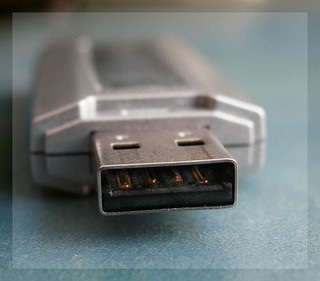Samsung’s pet project, the Tizen operating system, now has a second iteration which is the Tizen 2.0. We could barely remember the first one, as it never got through the developer phone production (or if it did, would we even care?) and has since been shelved until today, when Samsung gave a sneak peak of the 2.0’s developer phone version during the Mobile World Congress in Barcelona.
Last year’s lack of consumer interest could be due to the fact that Samsung has yet to take off as a brand, and was still behind Apple in terms of mass appeal. But the end of 2012 and the start of 2013 was Samsung’s time, starting with the release of the flagship Galaxy S3, topped by the well-received Galaxy Note 2. Samsung gained the edge over Apple during Q4 of 2012, and is looking to maintain, if not improve their performance throughout 2013, banking on the buzz behind the up-and-coming Galaxy S4. Samsung’s newfound dominance over the competition could be a good foothold for a new operating system. And if the MWC sneak peek was any indication, it seems that the new Tizen 2.0 is well ahead of schedule.
First impressions
A working developer handset was reviewed and featured in an Engadget article during the MWC, and this gave as a vague idea as to how the Tizen 2.0 would look and act. Starting with the lockscreen and a familiar variant of the slide to unlock feature, the OS looked Android-ish. As the handset unlocks, we’re presented with an app window instantly, which according to the reviewer, is just one tab but would probably have more tabs as the number of apps installed increases. Having no homescreen and going directly to the apps brings the Tizen 2.0 to familiar iOS territory. The lack of apps makes this assumption inconclusive, since we don’t really see how it transitions from one app to another.
Even with these incidental similarities, there are still some unique features found in the Tizen 2.0. It can run native apps, web apps, or a mixture of both—a flexibility that would really make it a darling of many developers. It’s potential as an entertainment device or as a business phone is vastly improved by this flexibility, since technically it can run different kinds of apps. The question now is how well this OS would be received, not by the consumers, but by the developers. It is hard for a new OS to take off if the app environment is not profitable. With two contenders, Android and iOS, dominating the mobile industry, the third, fourth, and fifth-place OS (Windows, Blackerry, and now Tizen) would all be settling for scraps.
Looking Ahead
The best thing that could happen to a new OS like the Tizen 2.0 is to “convert” consumers who are using other operating systems. Perhaps that’s why it looks and feels similar to both Android and iOS. By converting a small amount of followers from both operating systems, the Tizen 2.0 will get a good, solid foothold. Samsung won’t really mind if it cannibalizes its Android followers, since the point of releasing a new OS is to create something that they can truly call their own. Remember Bada, Samsung’s first foray into the operating systems playing field? Tizen is reminiscent of their first OS heartbreak, only this time, they have millions of loyal followers worldwide because of their Android fame. The chance for success is slim, but compared with the other third stringers, Samsung’s Tizen 2.0 is really promising. With the Windows OS struggling and the Blackberry OS dying, Tizen 2.0 could emerge as a strong number 3.



